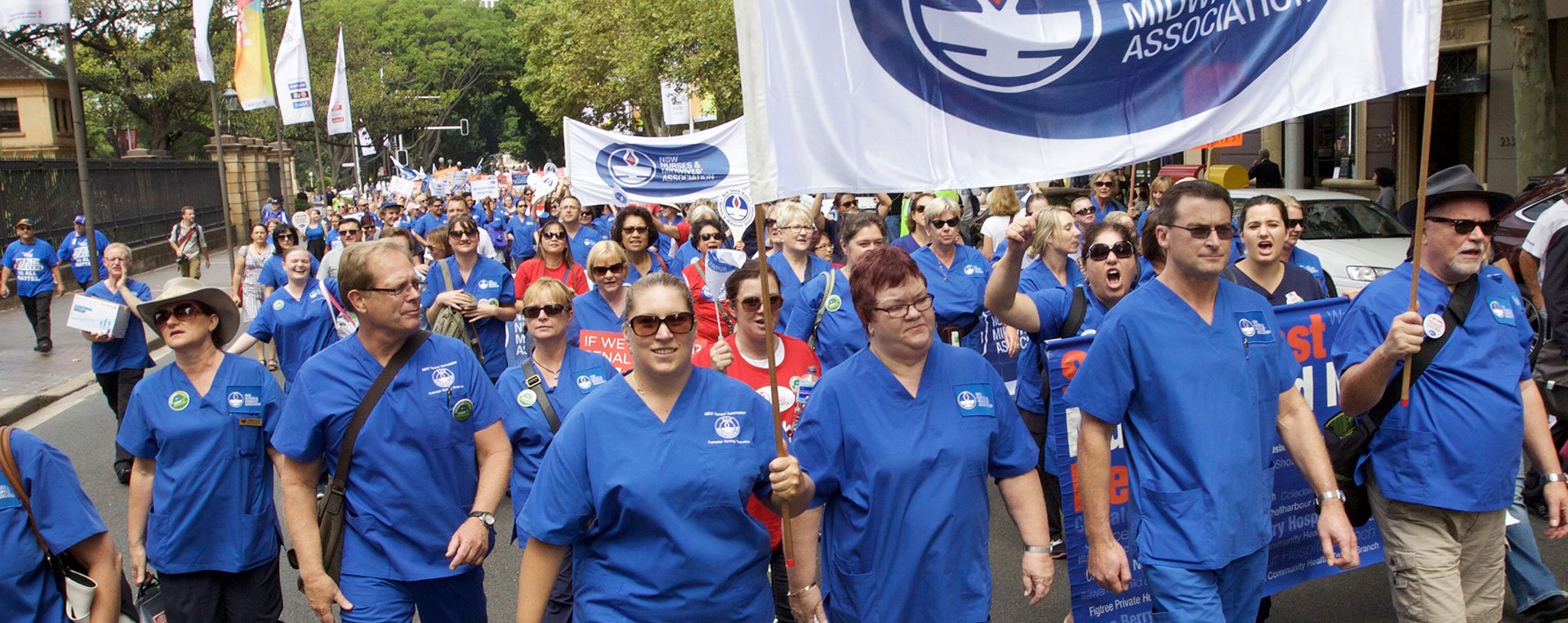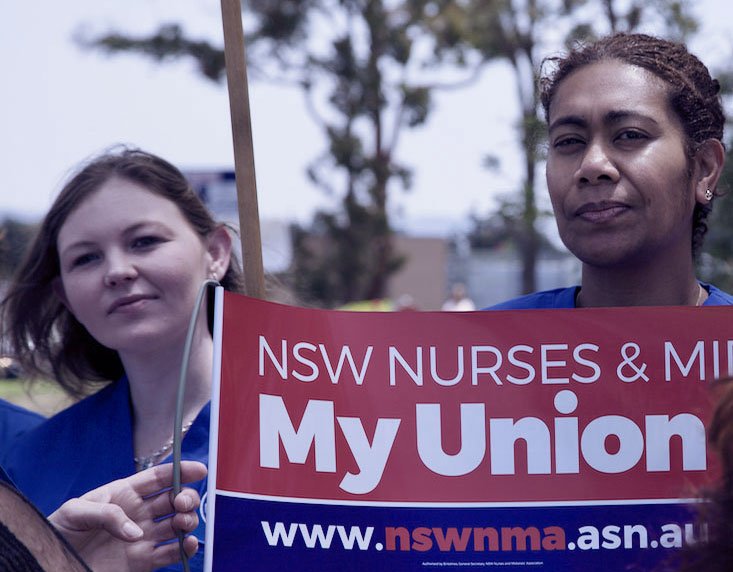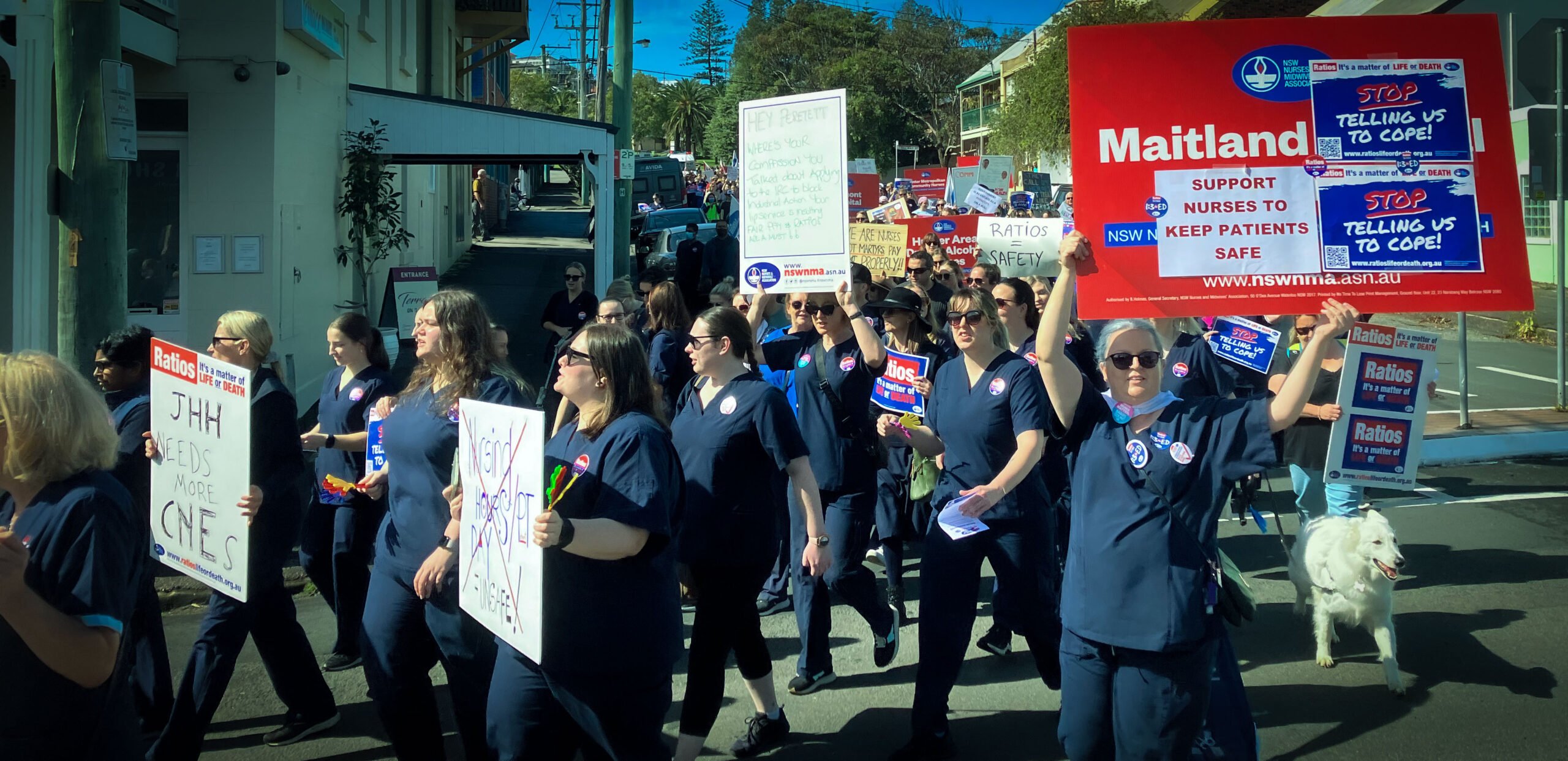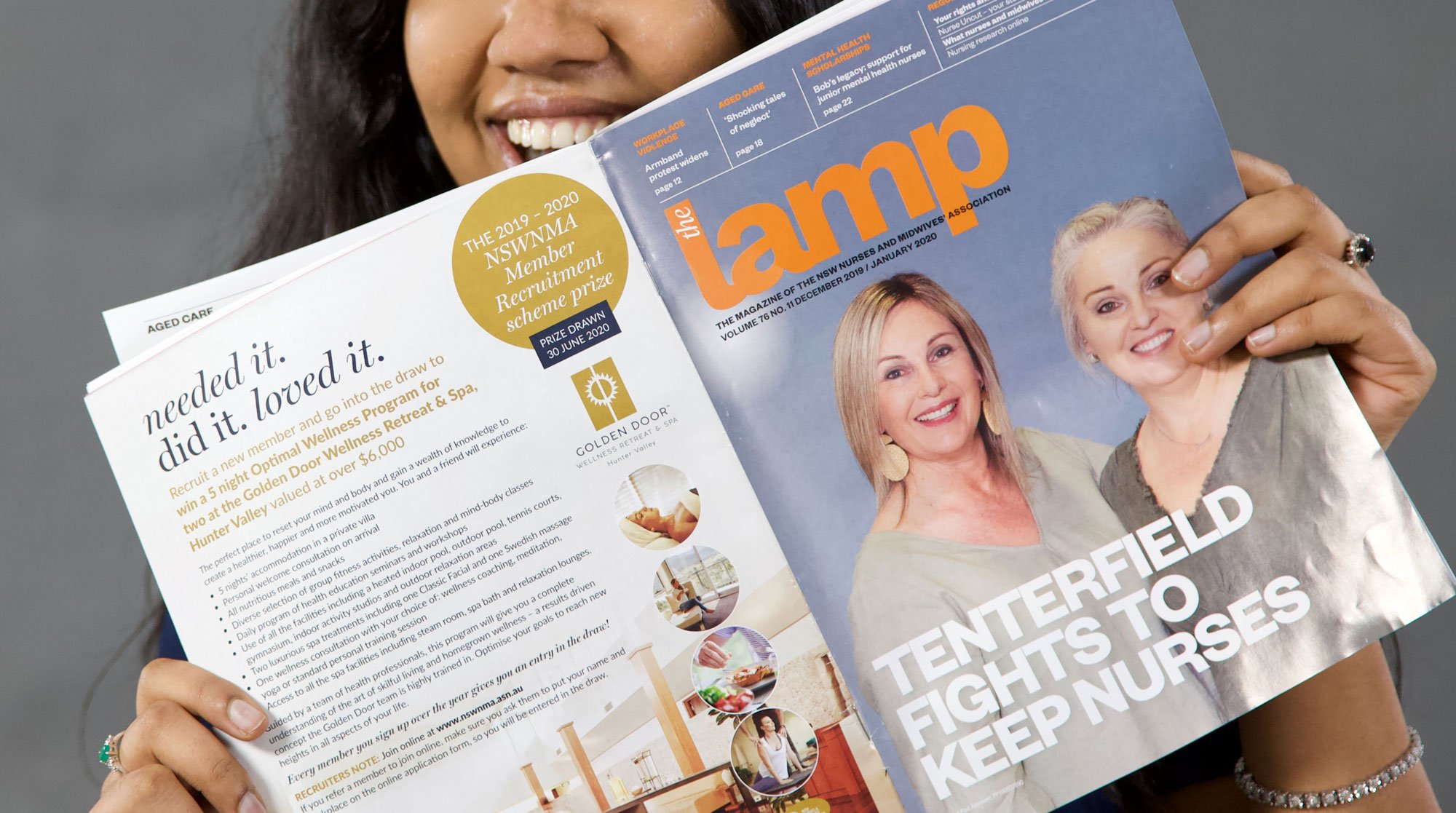The NSW Nurses and Midwives’ Association (NSWNMA) has urged the NSW government to not delay adopting the recommendations of a public inquiry into rural, regional and remote health services, and called for the allocation of extra nurses and midwives to be fast-tracked.
Responding to today’s release of the upper house Health committee’s final report, NSWNMA General Secretary, Brett Holmes, said the findings were a shocking indictment of the NSW government’s failure to address systemic issues that had continued largely unabated.
“On behalf of our members, we certainly want the NSW government to act and repair the holes in health service delivery across all rural and regional areas. A fundamental part of that is addressing the clinical workforce issues,” said Mr Holmes.
“As this inquiry uncovered, there’s a myriad of short staffing concerns in regional health settings, which has put unrelenting pressure on nurses and midwives during every shift. The circumstances they face while trying to deliver acute care is unreasonable and, on many occasions, unsafe.
“While we welcome the committee’s recommendation for a workforce review, the urgent implementation of safe staffing ratios is paramount and would help to address these issues.
“For years we’ve called for minimum nurse-to-patient ratios across all public hospitals to improve safety and promote better patient outcomes. Yet the NSW government has ignored the evidence that safe staffing ratios save lives and save money.”
Assistant General Secretary, Shaye Candish, said access to adequate health care was a basic right and shouldn’t be compromised by governments.
“Regional communities deserve access to the best health care possible regardless of where people choose to live. The NSW government must acknowledge it has a duty to deliver safe care for rural and regional patients,” said Ms Candish.
“Nursing and midwifery understaffing in rural and regional health must change. The poor skills mix issues must change. The lack of enough clinical nurse and midwifery educators to provide supervision and mentoring must change.
“The goodwill of nurses and midwives to continue working understaffed and keep the doors of their rural and regional hospitals open must stop being exploited. It’s not safe for our members, it’s not safe for our communities.
“We need meaningful change to attract and retain nurses and midwives in our regional health settings and we need the NSW government to stop neglecting the bush.”
Right now, rural hospitals are decreasing their emergency services due to an absence of qualified and experienced nurses.
The NSW government could act today by introducing statewide nurse-to-patient ratios on every shift, including a minimum of at least three nurses in every rural and remote facility, two of whom must be registered nurses with emergency care qualifications. If the NSW government fails to do this, services will remain at risk.
Inquiry recommendations specific to nursing and midwifery:
-
- funding the recruitment and training of additional Nurse Practitioners to work in rural, regional and remote areas, particularly in facilities without 24/7 doctor coverage, or that utilise virtual medical coverage
- working with the Australian Government to address the practical barriers to creating and supporting these roles identified by the Australian College of Nurse Practitioners.
-
- formalise and remunerate on call arrangements for nurses and midwives across all public health facilities in accordance with industrial awards
- engage with the emergency departments in their area to develop agreed plans to address security issues with timeframes and regular progress reporting
- increase and formalise professional development opportunities for nurses and midwives, ensuring that rostering accounts for this.
-
- develop stronger partnerships with the university sector to more proactively engage local people and support them through rurally and regionally based education, training and professional development to become qualified nurses and midwives
- develop partnerships between rural, regional and metropolitan Local Health Districts to devise programs for nurses and midwives who are either early career, specialised or are experienced to practice in rural and remote locations
- implement professional, financial and career enhancement incentives for nurses and midwives who work in rural and remote locations.
-
-
commit to providing continuity of quality care with the aim of a regular on-site doctor in rural, regional and remote communities
-
commit to a model of care under which virtual care technology is used to supplement, rather than replace, face-to-face services
-
where virtual models of medical care are operating, roster additional suitably trained nursing staff to assist in the provision of the physical care usually attended to by the medical officer
-
provide staff members with training on how to effectively use telehealth and other virtual models of care
-
create a public information campaign specifically targeted to rural, regional and remote communities in order to assist patients to effectively engage with virtual care, including factsheets and checklists to set expectations and support positive interactions
-
ensure that the use of virtual care, if required, is undertaken in consultation with community members, health providers and local governments in rural, regional and remote areas
- investigate telehealth cancer care models to improve access to cancer treatment and care including the Australasian Tele-trial model to boost clinical trial participation in regional areas.
-
Download this release: NSW government must respond to its neglect of the bush








